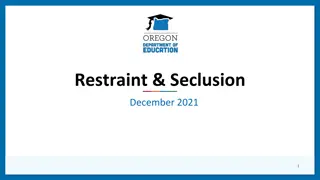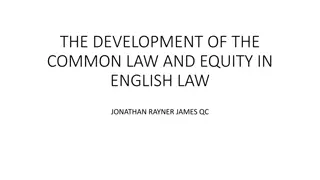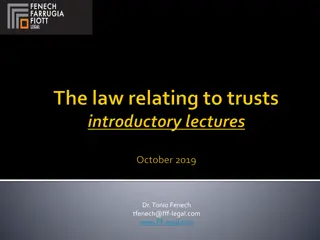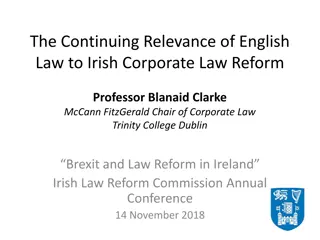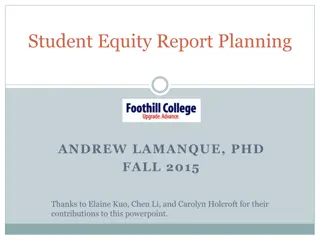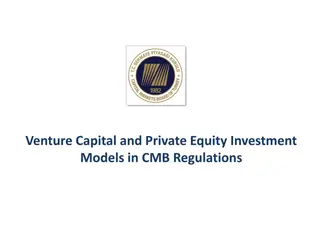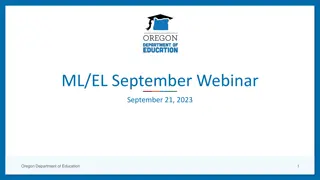Evolution of English Law: From Common Law to Equity and Beyond
The historical origins and development of English law are traced from the XIV century when Equity emerged as a supplement to Common Law, to the XVI and XVII centuries marked by conflicts between the King and Parliament, the establishment of the Star Chamber, and victory of Parliament over the King. Key legal concepts such as Trust doctrine, specific performance, proprietary estoppel, and injunction emerged, shaping the legal landscape of England.
Download Presentation

Please find below an Image/Link to download the presentation.
The content on the website is provided AS IS for your information and personal use only. It may not be sold, licensed, or shared on other websites without obtaining consent from the author. Download presentation by click this link. If you encounter any issues during the download, it is possible that the publisher has removed the file from their server.
E N D
Presentation Transcript
Comparative Law Prof.ssa Letizia Coppo
THE COMMON LAW TRADITION ENGLISH LAW
HISTORICAL ORIGINS - FORMATION OF ENGLISH LAW II. The XIV century and the development of Equity The formalism of Common Law trials was excessive, so parties who lost a lawsuit in the King s Courts or could not obtain a writ, started addressing their petitions to the King in person. Gradually, such petitions were committed to the King s Chancellor, a churchman: his decisions developed into what is known as Equity
HISTORICAL ORIGINS - FORMATION OF ENGLISH LAW II. The XIV century and the development of Equity Common law and Equity start being separate and potentially conflicting concepts, though they are not perceived by English jurists as antithetical. They were more perceived one (common law) as the text, or the code, the other as the supplement.
HISTORICAL ORIGINS - FORMATION OF ENGLISH LAW Legal heritage of Equity Development of Trust doctrine Development of Remedies like specific performance, proprietary estoppel and injunction.
HISTORICAL ORIGINS - FORMATION OF ENGLISH LAW III. The XVI century (the Tudors and Stuarts) Time of great conflict between the King and the Parliament; strong appeal of Roman law among the royalists. Establishment of the Star Chamber, a royal court dealing with political crimes. The Court s procedure was based on Roman and canon law.
HISTORICAL ORIGINS - FORMATION OF ENGLISH LAW The judges sitting in the Star Chamber had been educated in Civil law at the English universities and formed a special guild in Doctor Commons since 1511. Also intellectual climate was favourable to Roman law, being influenced by the Renaissance which was taking place in Italy. Common law, instead, was the Parliament s weapon; a guarantee of freedom against the interference of absolute authority.
HISTORICAL ORIGINS - FORMATION OF ENGLISH LAW IV. The XVII century and the Age of Settlement Victory of the Parliament over the King and period of peace; development of trade. Eminent figures of judges and lawyers (Bracton, Coke, Mansfield). Blackstone s Commentaries on the Laws of England: first to order and control the magmatic English case-law.
HISTORICAL ORIGINS - FORMATION OF ENGLISH LAW V. The Age of Reform (XIX century; after Waterloo) Development of trade, migration to the cities, drop of wages and unemployment, strikes. Series of political and social reforms. Jeremy Bentham and the Utilitarian school, which scrutinized the traditional institutions of society to determine whether they were appropriate and useful to the central aim of social order.
HISTORICAL ORIGINS - FORMATION OF ENGLISH LAW Bentham thought that common law rules, often based on historical accident, rather than rational design, hindered major social reforms. He advocated a deep reform of the system, which he thought should be reached only through comprehensive codification. Codification was never undertaken, but several special statutes were enacted to simplify the system.
HISTORICAL ORIGINS - FORMATION OF ENGLISH LAW Judicature Act (1873): simplification and unification of the court system and of procedural rules. No more separate courts for common law and equity (but still, matters of equity are normally dealt with by the chancery division; and equity principles shall prevail on conflicting common law rules). Abolition of the system of writs: only one way to file an application, ie the writ of summons.
HISTORICAL ORIGINS - FORMATION OF ENGLISH LAW The development of the legal profession Establishment of guilts of jurists within the king s entourage. Legal profession as a sect thanks to the inns: life in common and professional solidarity. Co-optation of lawyers by judges and distinction between attorneys and barristers.
HISTORICAL ORIGINS - FORMATION OF ENGLISH LAW Establishment of guilts of jurists within the king s entourage. Legal profession as a sect thanks to the inns. Co-optation of lawyers by judges and distinction between solicitors and barristers, two categories of legal professionals who still play different roles in the system.
THE LEGAL PROFESSION IN ENGLAND I. Barristers They are members of the Bar Council of England and Wales and have rights of audience in court. They are governed by the Bar Standards Board. Every barrister also has to be a member of an Inn of Court (Inner Temple, Lincoln's Inn, Middle Temple and Grays Inn).
THE LEGAL PROFESSION IN ENGLAND I. Barristers Barristers are generally classed as being self employed in that they operate in sets of 'chambers' but are not employed by a law firm as such. There is a Bar Directory which lists all known barristers by name and you can also search for sets of chambers.
THE LEGAL PROFESSION IN ENGLAND II. Solicitors Solicitors are members of the Law Society. The regulation of solicitors is done by an independent body called the Solicitors RegulatoryAuthority (SRA). Solicitors do not generally have rights of audience in court but there are some exceptions.
THE LEGAL PROFESSION IN ENGLAND II. Solicitors They generally do the legal research and can represent their clients in legal negotiations but then pass the case over to a barrister if it is necessary to take action in court. Clients hardly ever directly employ a barrister; they are more likely to have contacts only with solicitors.
THE LEGAL PROFESSION IN ENGLAND III. Judiciary There are lots of different types of judges sitting within England and Wales, all in different courts and tribunals and with different roles and powers. There are 3 main jurisdictions civil, criminal and family and in these sections there are judges, magistrates and those that sit on tribunals.
THE LEGAL PROFESSION IN ENGLAND Judges sit in different courts depending on seniority. After the changes in 2006 the Lord Chief Justice is responsible for deciding where judges sit and what cases they hear. There is also a Judicial Executive Board to help govern and direct and this includes the Lord Chief Justice, Master of the Rolls, President of the Queen s Bench Division, President of the Family Division, Chancellor of the High Court, and two Lords Justices.
OVERVIEW OF LEGAL EDUCATION IN ENGLAND The first step to become a solicitor or a barrister is a qualifying undergraduate law course (usually over 3 or 4 years). To be a barrister you then need to complete a Bar Professional Training Course and can then go on to apply for pupilage (where you are effectively a trainee barrister). To become a solicitor then on top of the undergraduate course you will then need to go on and complete the Legal Practice Course before applying to law firms to get a 'training contract'.
OVERVIEW OF LEGAL EDUCATION IN ENGLAND Carrier in the judiciary Judges are appointed by the Judicial Appointments Commission (JAC), ie an independent commission that recommends candidates for judicial office in the courts and tribunals of England and Wales. Most judicial posts will require a relevant legal qualification that has been held for either five or seven years.
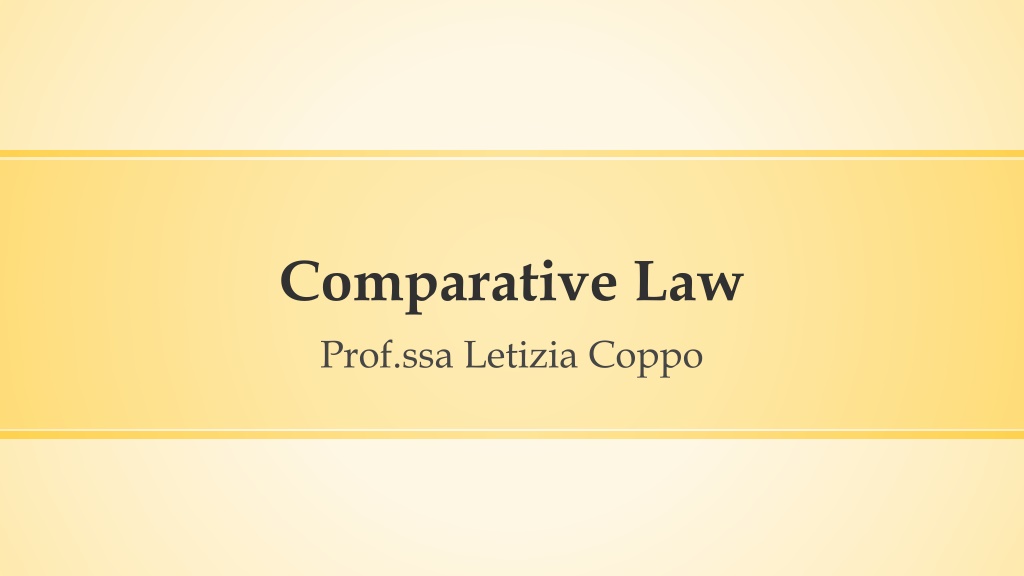
 undefined
undefined






